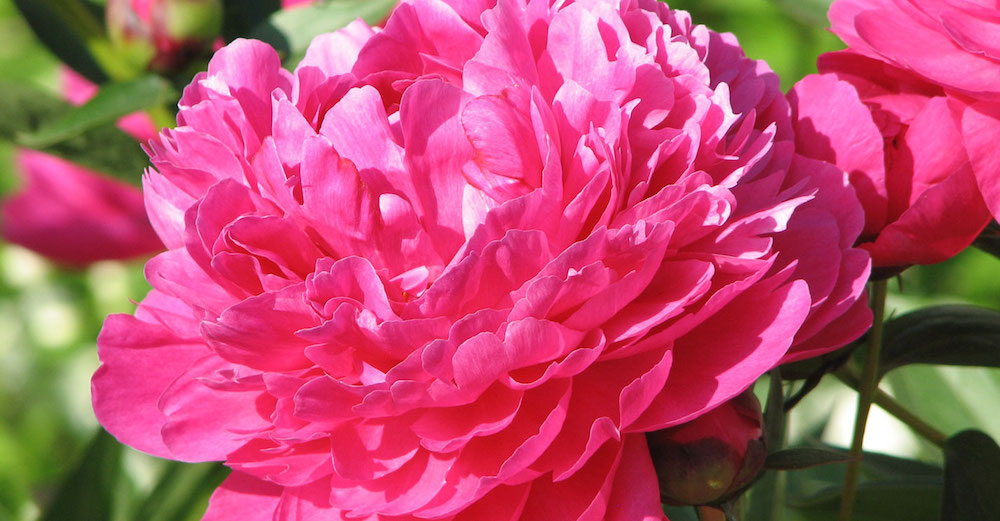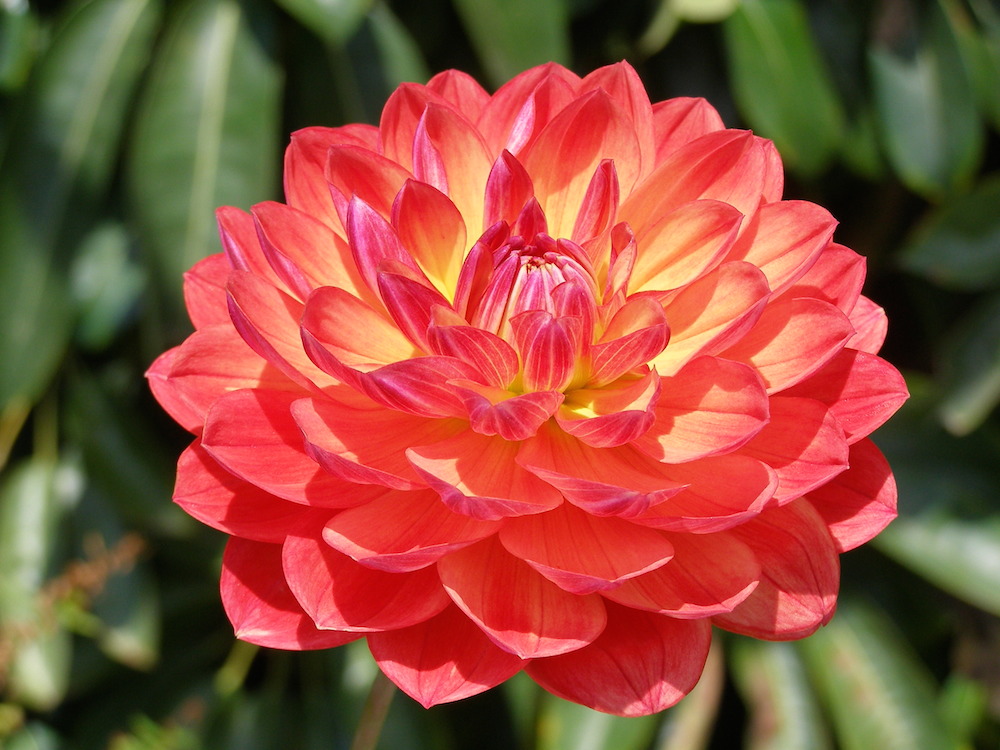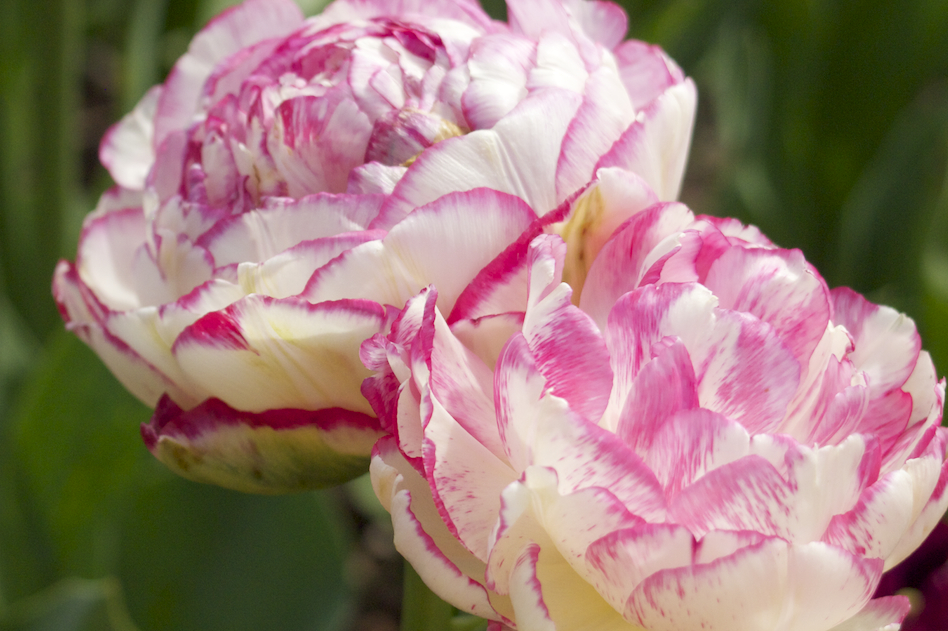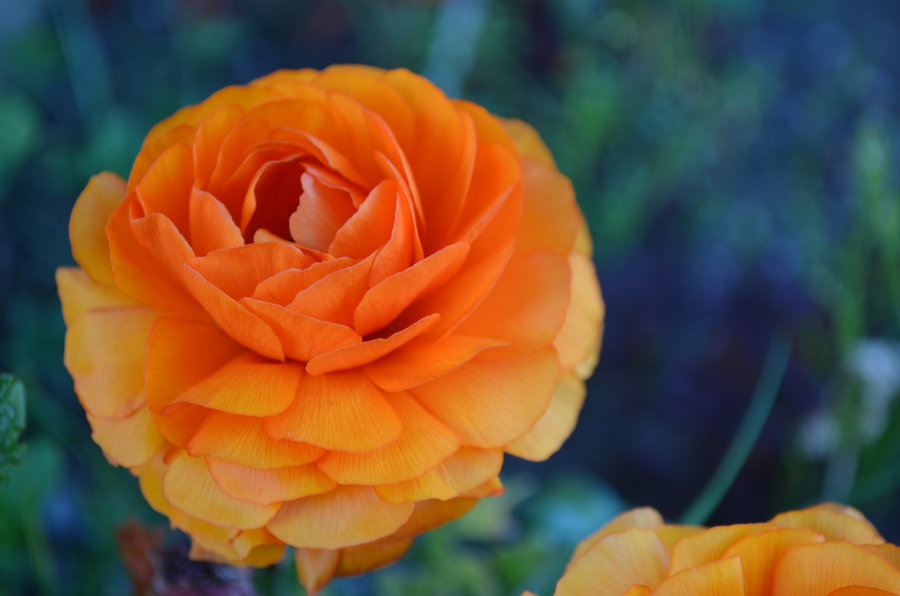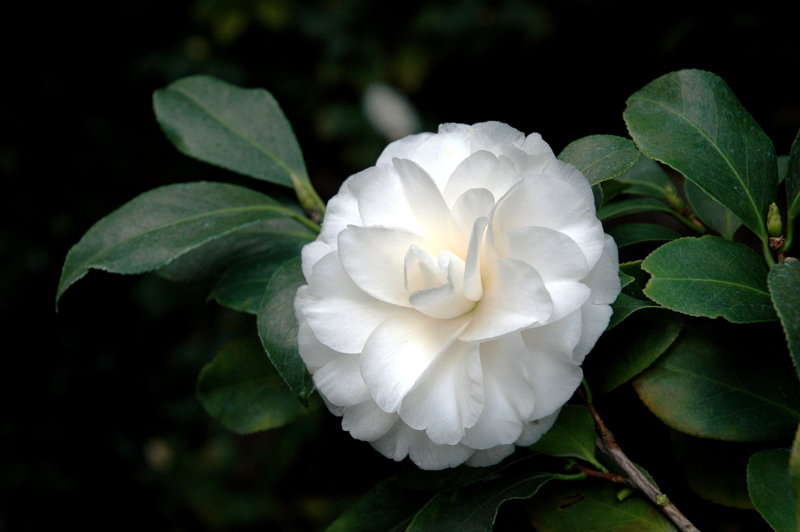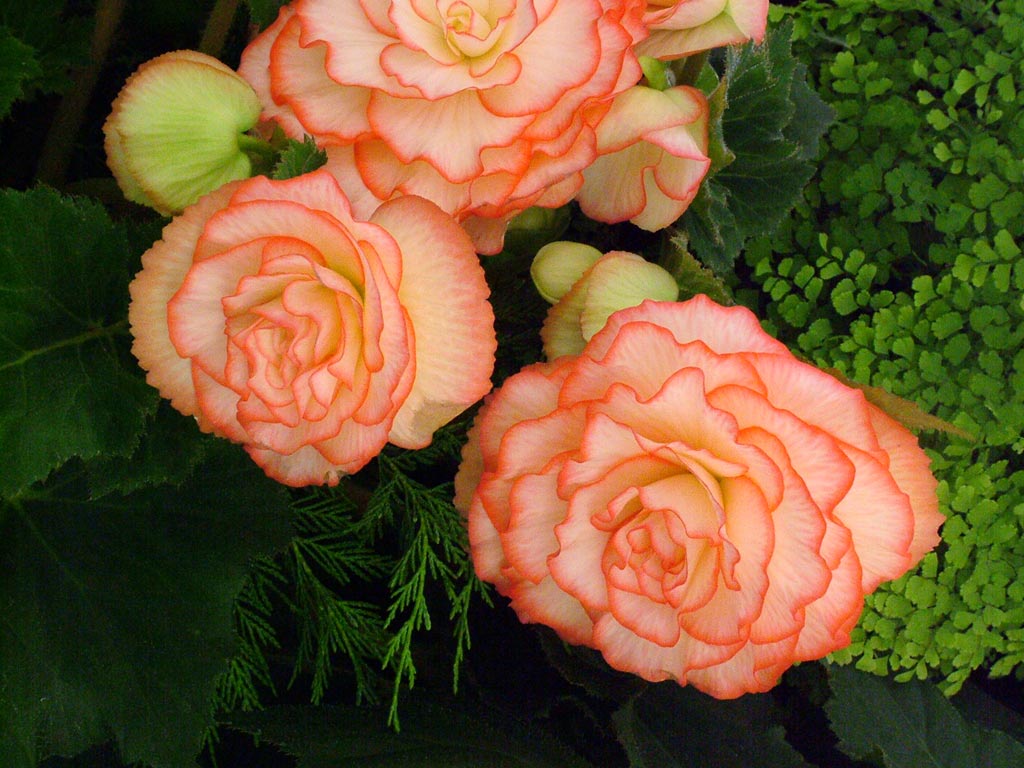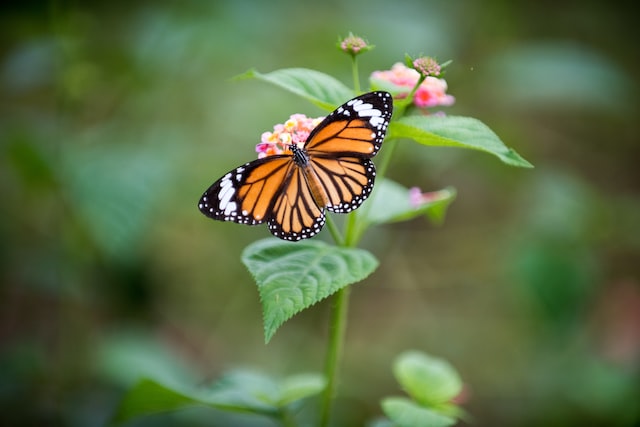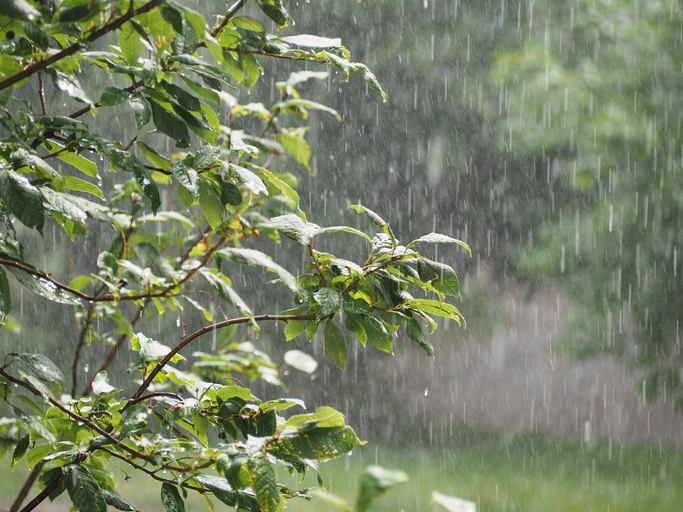Love the look of roses, but don’t love how difficult they are to maintain? Roses are notoriously hard to care for. Sometimes it seems like no matter what you do, the roses that you bought to look bright, blooming, and beautiful are more often than not spotty, brown, stunted, and mostly leaves.
Good news: You don’t have to have deal with divas to have bright, gorgeous flowers in your garden. These six beautiful blooms are just as stunning as roses, without playing hard-to-get. Pick your favorites, and you’ll have lovely colors, scents and bouquets with half the effort.
1. Peony
These large, lush flowers burst from tight green buds in mid to late summer. With long stems and fresh scents ranging from citrus to baby powder, peonies makes great cutting flowers for vases or bouquets. Peony blooms come in a staggering variety of colors and shapes, and can be so large and heavy that they may need to be staked to stay upright.
Peonies grow from bulbs that die back in the winter, sprout again in the spring, and stay lush, compact, and green throughout the summer. These plants need frosty winters to thrive, but once established, they can live with minimal care for over a hundred years.
2. Dahlia
Available in a mind-boggling array of colors and shapes, dahlias are best known for their spiky, tube-shaped petals and their monstrous blooms—”dinner-plate” dahlia varieties can produce flowers that are up to a foot across when fully in bloom. Dahlias are perfect for adding fall and late summer color to the garden, as they will begin blooming in June and not stop until the first touches of frost on their leaves.
Dahlia tubers can be planted in the spring for blooms the same year. Make sure to plant them in the back of your cutting display, as they’ll grow four to five feet tall and shadow any plants at their base.
3. Double tulips
You may be familiar with the cup-shaped single tulips that you see in the grocery store in spring. Double tulips are so named because they have at least double the petals of traditional tulips, giving them a lush, pouf-like appearance.
This tulip variety comes in an array of striking colors, and blooms in the early spring from bulbs planted in the fall. Tulip bulbs are usually some of the first flowers to arrive, sometimes blooming so early that they poke through a layer of snow. Pacific Northwest regions of the country can plant double tulip bulbs once and enjoy their blossoms year after year. But hotter, dryer regions will need to plant new bulbs each year to enjoy spring blooms.
4. Ranunculus
Ranunculus flowers are known for the large number of tightly-layered petals that give them their distinct, ruffled look. A single ranunculus tuber can produce as many as 40 blooms on 12- to 18-inch stems perfect for cutting.
Ranunculus has no smell, and is generally available in warm shades of red, pink, orange, peach, yellow, and white. Plant in fall for spring blooms, or in early spring for midsummer flowers.
5. Camellia
Camellia is a large, tall-growing shrub with dark green, glossy leaves and a multitude of lush, bright blooms. Bloom times vary, and can range from early spring to late fall depending on variety and region.
Although camellia blossoms are notoriously fragile once they fall from the shrub, their long, woody stems make them fantastic structural flowers for arrangements and bouquets when cut. Camellias grow best in shaded areas with room to spread out; mature bushes can grow as large as twenty feet tall.
6. Double Begonia
Although double begonias‘ low-growing habit and lack of scent make them poor cutting flowers, their sumptuous blooms in shades of red, pink, peach, and bi-color ombré make them fantastic stand-ins for roses.
Double begonias are incredibly easy to care for: buy them as small plants and place outdoors in late spring in a partially shady spot with good drainage. Once established, the plants will resist cold, wet, and even deer.
Top Image Credit: Seasons for Cake
What do you think of these gorgeous blooms? Are you a die-hard rose fan, or will you be planting peonies this year?

